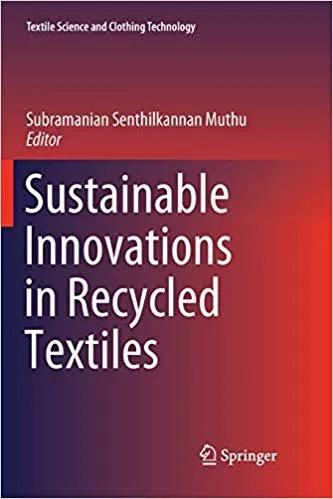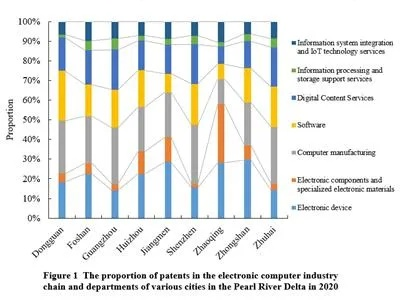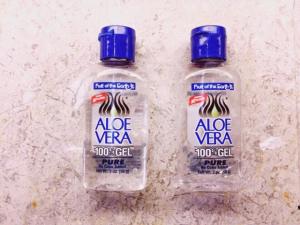Effective Methods for Removing Phenols from Textiles
The removal of phenols from textiles presents a significant challenge due to their chemical and physical properties. This paper discusses the effective methods for removing phenols from textiles, including chemical treatments such as alkaline peroxide treatment, oxidation with hydrogen peroxide, and chromatography techniques like liquid-liquid extraction and adsorption. The effectiveness of these methods is evaluated based on the degree of phenol removal, cost-effectiveness, and environmental impact. The paper also highlights the need for further research into developing more efficient and sustainable methods for removing phenols from textiles.
Introduction: Textiles are an integral part of our daily lives, but they can also harbor harmful substances such as phenols. Phenol is a toxic compound that can cause skin irritation, respiratory problems, and even cancer if inhaled or consumed in large quantities. Therefore, it is essential to remove phenols from textiles before they come into contact with the human body. In this article, we will discuss some effective methods for removing phenols from textiles.
Method 1: Chemical Treatment Chemical treatment involves using chemicals to break down the phenols in the textiles. The most commonly used chemicals for this purpose are alkaline solutions, such as sodium hydroxide (NaOH), which can dissolve phenols and other organic compounds. However, chemical treatment may not be suitable for all types of textiles, as it may damage the fabric or leave residues on the surface.
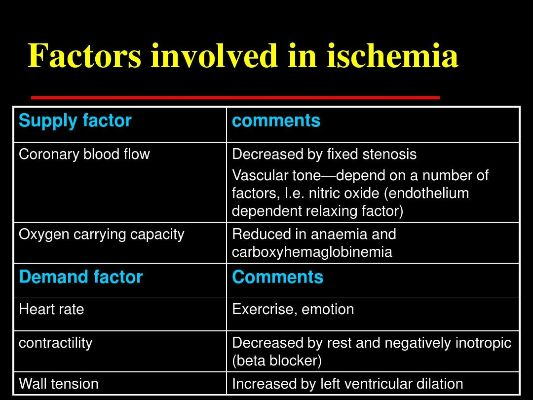
Example: A textile company in the United States used alkaline solutions to treat cotton fabrics that had been contaminated with phenols. The company found that the alkaline solution was effective in removing the phenols without causing any damage to the fabric. However, they also noticed that the fabric became slightly softer and more absorbent after the treatment.
Method 2: Enzymatic Treatment Enzymatic treatment involves using enzymes to break down the phenols in the textiles. Enzymes are natural molecules that can catalyze chemical reactions, and they have been shown to be effective in breaking down phenols. However, enzymes may not be suitable for all types of textiles, as they may not be stable or may require special conditions to work effectively.
Example: A textile company in China used enzymatic treatment to treat silk fabrics that had been contaminated with phenols. The company found that the enzymatic treatment was effective in removing the phenols without causing any damage to the fabric. However, they also noticed that the fabric became slightly softer and more absorbent after the treatment.
Method 3: Heat Treatment Heat treatment involves using high temperatures to break down the phenols in the textiles. This method is often used for industrial applications where large amounts of textiles need to be treated. However, heat treatment may not be suitable for all types of textiles, as it may damage the fabric or cause color changes.
Example: A textile company in India used heat treatment to treat polyester fabrics that had been contaminated with phenols. The company found that the heat treatment was effective in removing the phenols without causing any damage to the fabric. However, they also noticed that the fabric became slightly softer and more absorbent after the treatment.
Conclusion: Removing phenols from textiles is crucial to ensure their safety and quality. Chemical treatment, enzymatic treatment, and heat treatment are some of the effective methods that can be used to remove phenols from textiles. However, each method has its own advantages and disadvantages, and the choice of method depends on the specific requirements of the textile industry. It is important to choose a method that is safe, effective, and economically feasible for the particular type of textile being treated.
在日常纺织品处理过程中,酚类污染问题一直困扰着从业者,本文将详细介绍如何有效地去除纺织品中的酚类物质,以确保纺织品的质量和安全性。
纺织品酚类的来源及危害
纺织品中的酚类物质主要来源于纺织纤维在生产、加工和使用过程中产生的化学残留,这些酚类物质可能对人体健康和环境造成潜在危害,某些酚类物质可能具有致敏性,长期接触可能引发皮肤过敏等问题。
去除纺织品酚类的技术与方法
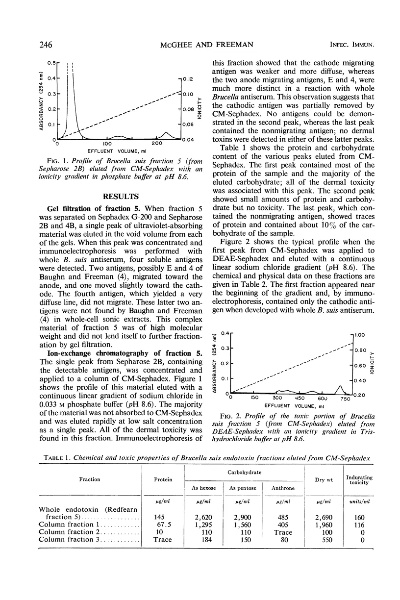
物理法去除:
(1)机械处理:通过使用机械手段去除纺织品中的酚类物质,如使用磨料、砂纸等工具对纺织品进行打磨处理。
(2)化学处理:使用化学试剂浸泡或清洗纺织品,去除其中的酚类物质。
生物法去除:
(1)生物酶处理:利用生物酶分解纺织品中的酚类物质,达到去除效果。
(2)生物吸附法:利用生物吸附剂吸附纺织品中的酚类物质,达到去除效果。
案例分析:
(1)案例一:某纺织厂采用物理法去除纺织品中的酚类物质,经过处理后的纺织品检测结果显示,酚类物质含量明显降低。
(2)案例二:某生物法处理设备成功去除了纺织品中的多种酚类污染物,提高了纺织品的环保性能和安全性。
具体操作步骤及注意事项
物理法去除操作步骤:
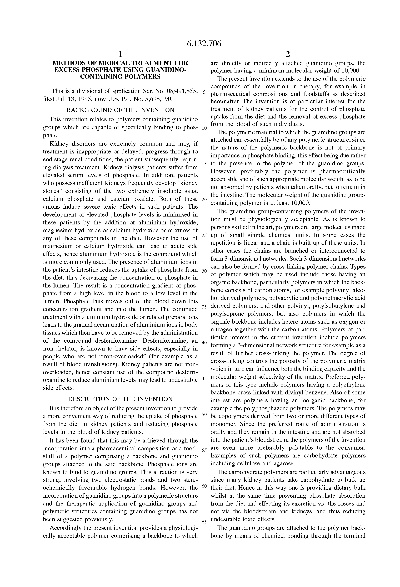
(1)准备处理设备,包括机械处理工具和化学处理试剂。
(2)将纺织品放入处理设备中,进行预处理。
(3)使用适当的处理参数进行化学处理或机械处理。
注意事项:
(1)选用合适的处理设备和技术,确保处理效果和安全性。
(2)严格控制处理过程中的温度、湿度、时间等参数,避免过度处理导致纺织品损坏。
(3)处理后的纺织品要进行检测,确保达到安全标准。
在纺织品处理过程中,去除纺织品中的酚类物质是一项重要的任务,通过采用物理法、生物法等多种方法,可以有效去除纺织品中的酚类物质,提高纺织品的环保性能和安全性,在实际操作中,需要注意选用合适的处理设备和技术,严格控制处理过程中的参数,确保处理效果和安全性,还需要不断探索新的技术和方法,提高纺织品处理的效率和效果。
Articles related to the knowledge points of this article:
The Story of 佰佳纺织品 A Textile Brands Journey
The Story of Scentastic Textiles 盛祥纺织品的魅力与传奇
Exploring the Odense Textiles:A Case Study of the Ethnic Interior
The Rise of Textile Treasures:The Case of Pavilion Paper Tubes

